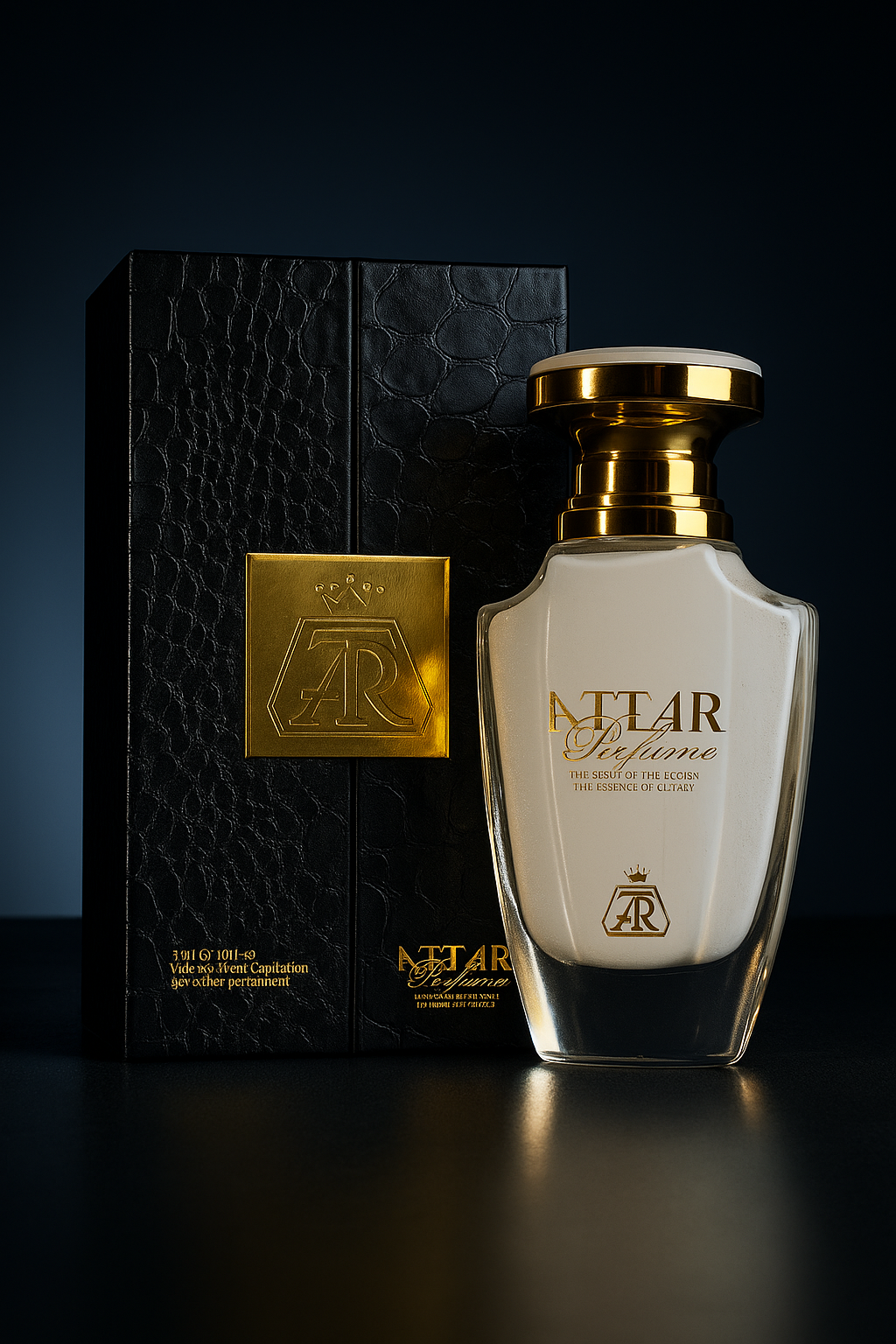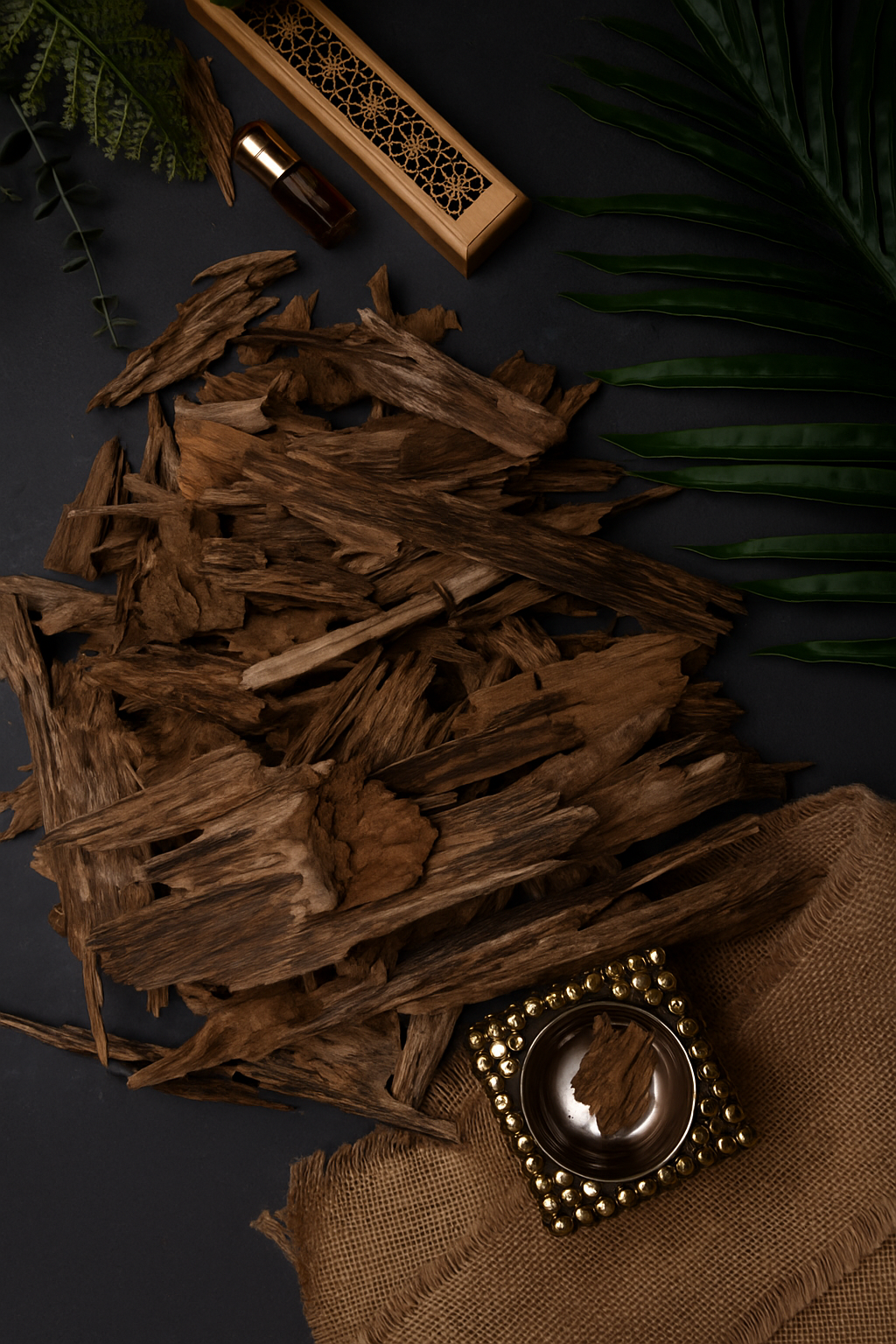The Vanishing Scent: My Quest for the Soul of Oud
Memories in Smoke
From the moment I could walk, oud was in the air—woven into the rhythm of daily life in Qatar. Its rich, smoky aroma filled our home, drifted through the mosque after prayer, and welcomed neighbors with warmth and pride. For us, oud wasn’t just a fragrance; it was heritage, hospitality, and memory in smoke.

Yet behind the veil of nostalgia lies a darker truth—one of rarity, greed, and uncertain survival. As I grew older, I began to wonder: Where does oud come from? Why is it so expensive? And what future awaits this ancient treasure?
Smoke of Gold: Oud’s Allure and Mystery
In the Gulf, oud is king. Known globally as agarwood or gaharu, it is more than luxury—it is the soul of gatherings and celebrations.
Each variety tells a story:
-
Cambodian oud: fruity, strong, a scent that recalls childhood adventures.
-
Indian oud: earthy, smoky, and deep, reminding me of my father’s rituals.
But times are changing. In Doha’s old souqs, the price of oud has soared—up to $18,000 per kilo for premium Indian chips. Traders whisper of a shift: where locals once bought by aroma, foreign investors, especially from China, now buy by weight, treating oud like gold.

Into the Wild: Chasing Oud’s Origin
To uncover oud’s secret, I traveled far from Qatar. In London, I met experts like Kim Radcliff, who explained the tree’s mysterious gift. Only when an Aquilaria tree is wounded—by insects, storms, or human hands—does it produce the dark, resin-rich heartwood we call agarwood.
The process is unpredictable. Perhaps one in ten trees will yield oud, and it can take decades for resin to form. Driven by demand, wild trees across Southeast Asia are vanishing. Communities face impossible choices: harvest now to survive, or protect the trees for tomorrow.

The Hidden World: Markets, Middlemen, and Mystique
The trail of oud led me through noisy markets—Doha, Jakarta, New Delhi—where traders deal in scent and secrecy. Chips are burned, water glasses used to test density, and fortunes change hands with a nod.
The most prized oud chips sink in water, proof of their resin content. A shopkeeper demonstrated this for me, grinning as the wood vanished beneath the surface.
But with high demand comes deception. Synthetic oud and chemically treated chips flood the stalls. For the untrained nose, it is easy to be fooled. Yet true oud reveals itself: its fragrance is never flat, but a journey of layers—smoky, sweet, earthy, sometimes even floral.

The Fragile Future of Oud
The paradox is clear: oud is loved, but endangered. Overharvesting threatens its survival, while global demand grows stronger. Efforts are underway to create sustainable plantations, but balance is fragile. The world’s appetite for oud—whether in perfume, incense, or oil—has never been greater.
Still, in every home I visited, oud was the center of ritual. Whether burned in the majlis, applied before prayer, or offered in celebration, it carried hope, pride, and identity.

The Scent That Connects
Today, each time I burn a chip—be it rare Cambodian oud or a humble vial from the market—I feel part of a chain that stretches across generations. Oud is more than fragrance. It is a story of survival, tradition, and belonging.
It is a treasure that connects people across cultures, yet one fragile enough to vanish. To preserve it is to honor not just a scent, but a legacy.
Discover perfumes inspired by this heritage at AttarPerfume.com—crafted from rare oud oils that carry the same depth, mystery, and timeless soul.














